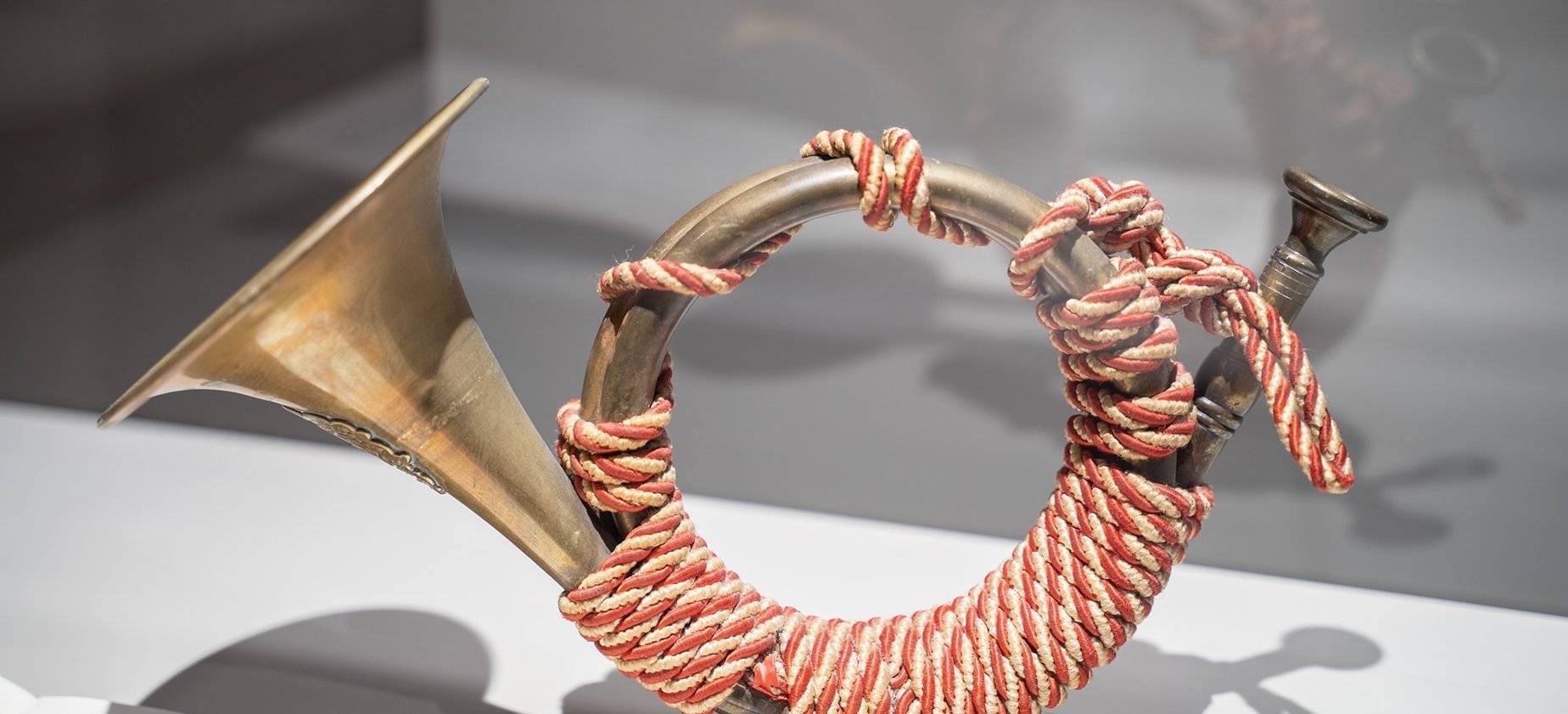

The history of the pass
St. Gotthard
The Gotthard, the mountain with the most myths and the greatest history concerning communication routes in Switzerland.
In 1850 a stagecoach journey between Milan and Basel took about 50 hours using the train between Milan and Camerlata and the boat between Flüelen and Lucerne.
In Roman times the Gotthard could only be crossed on foot or with mules. Although it was the shortest transit route (north-south) because of the impassable route, wayfarers chose other routes. It was the Walser in the 13th century, with their considerable technical skills, who built the first bridge in the Schöllenen Gorge, called the Devil's Bridge, and the Twärrenbrücke, to cross the Reuss. With the construction of these artifacts, the pass gained European importance for the first time and was decisive for the destinies of the people on both sides. The Gotthard Pass is mentioned in the Annales Stradenses (13th century), a guidebook for pilgrims who wanted to reach Rome or the Holy Land.
In 1230 the chapel dedicated to St. Gotthard was consecrated and the hospice conducted by the Order of the Humiliati, which completed an adequate network of care for wayfarers, was also built. In 1595 an arched stone bridge was built in the Schöllenen Gorge. The route remained essentially a mule track that allowed goods to be transported only by mule until almost the early 1800s.
The Gotthard is also called "The Way of the People," and this name well explains the function of this pass in the past, a very convenient route for people but much less so for goods.
It was not until 1708 that a substantial improvement of the road was seen , in 1775 the first carriage crossing of the pass was documented, by the English geologist Greville. In 1799, the Russian army of Marshal Aleksandr Vasil'evič Suvorov crossed the pass and clashed with the French in the Reuss Gorge.
It was not until the 19th century that a great leap forward was noticed, with the construction of a proper carriage road, more than five meters wide over its entire length, and a new bridge in the Devil's Gorge. This infrastructure was finished around the 1930s.

Immerse yourself in history
Take a look at what you can find...
Guex Monument
On the Gotthard Pass you can admire the monument dedicated to the famous Vaud aviator Guex, who fell in the service of his homeland in the Gotthard Alpine region, a 1928 work by Fausto Agnelli.
The Tremola
The granite-paved Tremola Road, considered the longest historic road artifact in Switzerland, is located on the south side and connects Airolo to the Gotthard Pass with numerous hairpin bends. A stagecoach ride is offered as in the first half of the 1800s, through this winding and scenic route. The old road is still passable.
Devil's Bridge
The Devil's Bridge in the Schöllenen Gorge on the northern slope is a historic and legendary site because it was an obligatory passage for all wayfarers and the scene of furious fighting. Of the original Devil's Bridge, built between 1828 and 1830 by Uri engineer Karl Emanuel Müller (1804-1869), only the remains of the foundations can currently be seen. The new Devil's Bridge was built between 1955 and 1956.
Suvorov Monument
In 1799 there was a furious battle at Devil's Bridge. The Russians under the command of General Suvorov defeated the French. The Suvorov Monument, chiseled in 1899 into the rock of the Gorge, commemorates the fallen Russian servicemen - a site even paid tribute to by Russian President Dimitri Medvedev during his state visit in 2009.






